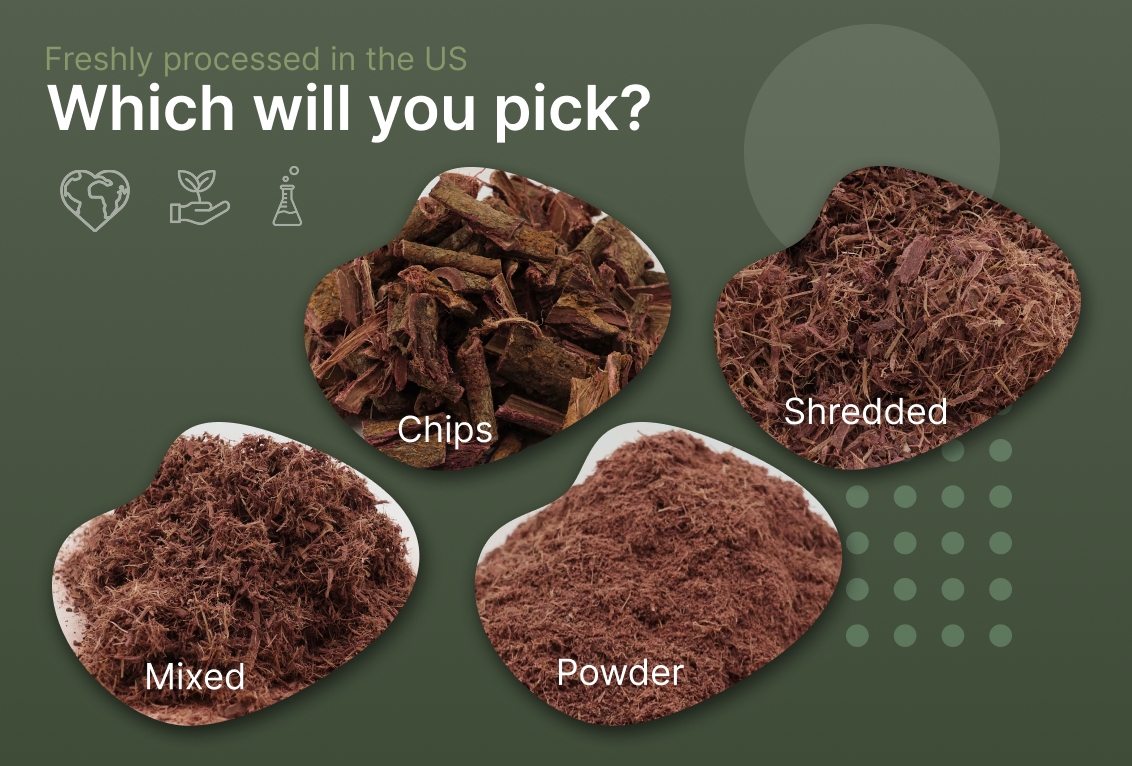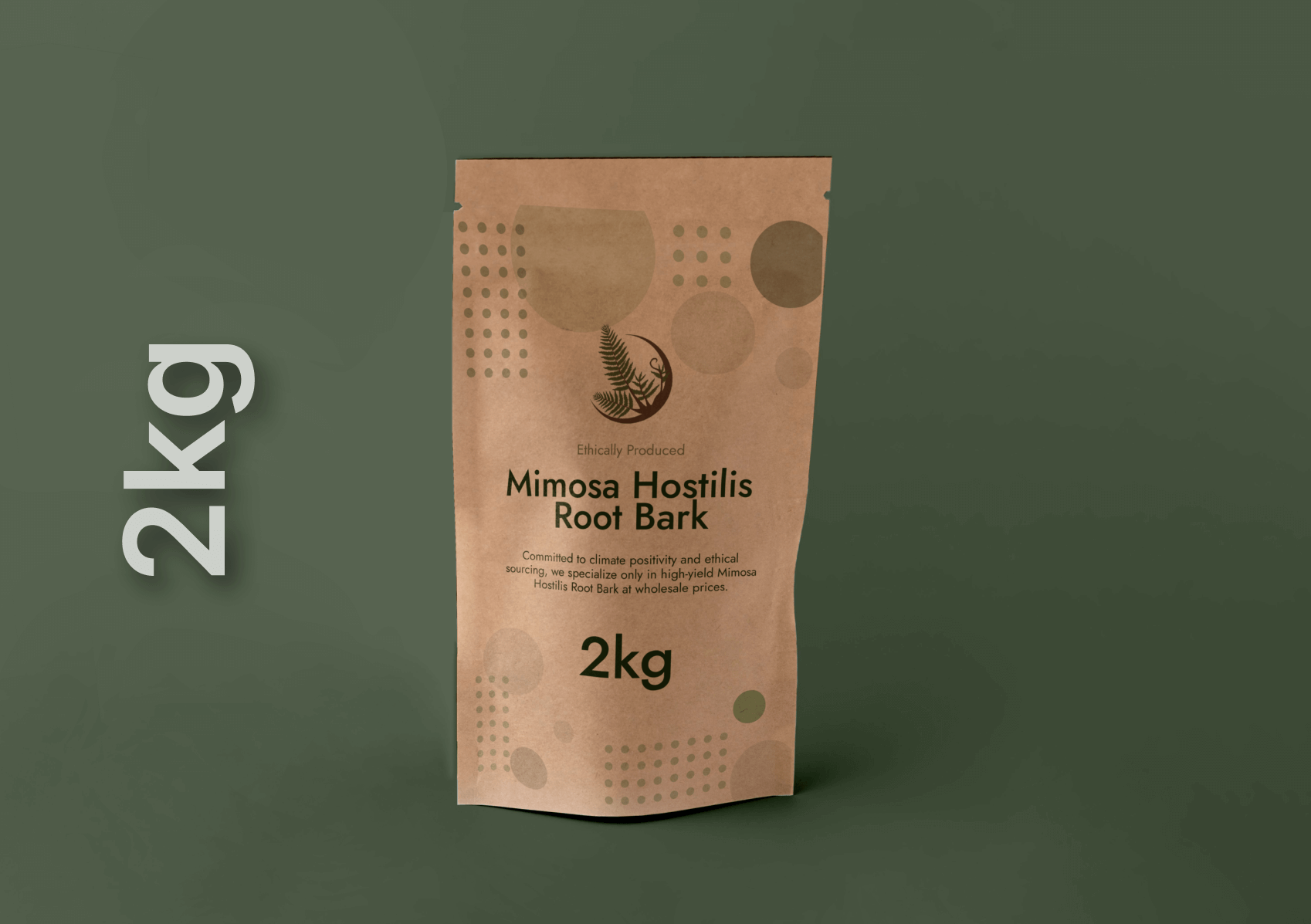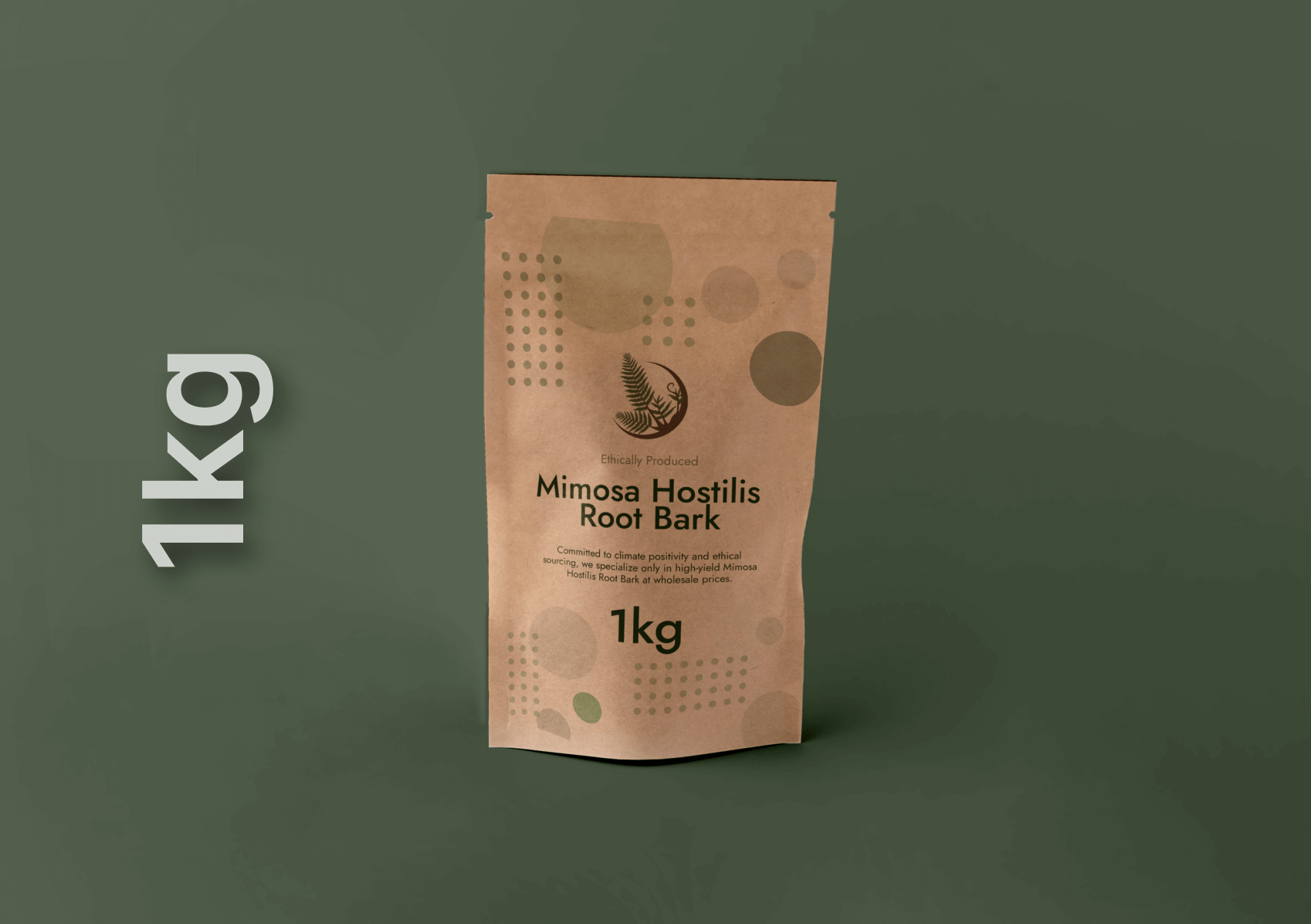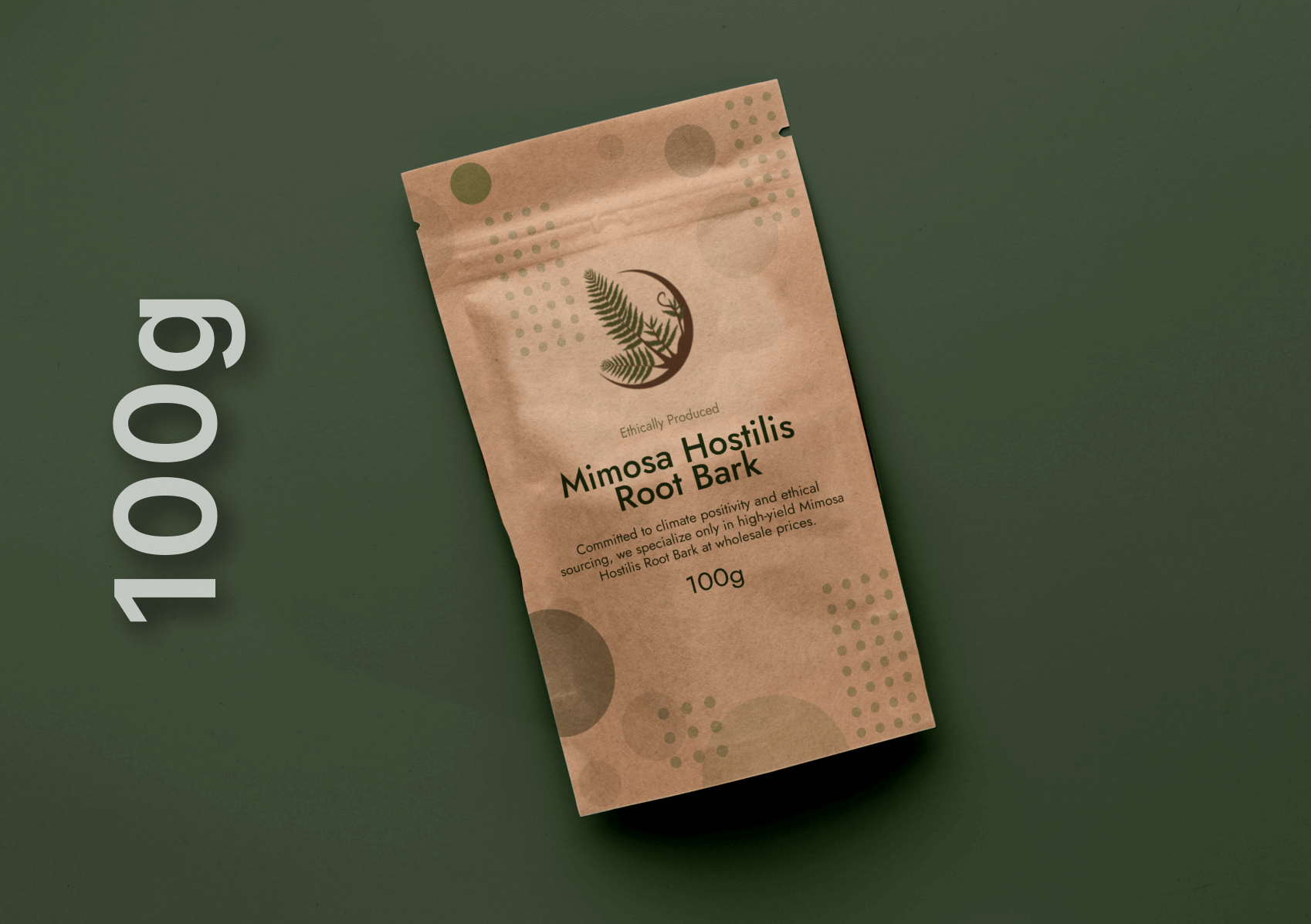Mimosa tenuiflora, or its synonym Mimosa hostilis, is a drought-tolerant tree that originally comes from northeastern Brazil and the regions of Mexico and Central America. Widely grown for rich bark and root bark, Mimosa tenuiflora has been of interest for its varied uses—in traditional medicine, natural dye extraction, and, most-contentiously, its supposed psychoactive properties. Here, in this article, we consider the question: Is Mimosa tenuiflora psychoactive? Based on botanical studies, chemical analysis, and ethnobotanical documentation, we present a comprehensive, guide to assist researchers, hobbyists, and curious individuals in appreciating the real nature of this mysterious plant.
Knowledge on the Botanical Profile of Mimosa tenuiflora
Taxonomy and Morphology
- Family: Fabaceae
- Genus: Mimosa
- Species: tenuiflora (synonym: hostilis)
This small tree or shrub grows to be 10 meters tall. The smooth, grey bark exfoliates in papery flakes, revealing a tannin- and other alkaloid-rich fibrous layer inside. Leaves are bipinnate and close up at night and after rain—a survival mechanism. In spring, masses of silky, white to pink inflorescences yield rounded, globular flowers that cover the landscape.
Natural Habitat and Cultivation
Indigenous to arid environments, Mimosa tenuiflora grows well in poor soil and is resistant to drought and salinity. Its quick growth and heavy root system make it useful for reforestation, erosion prevention, and agroforestry initiatives. The bark is commercially harvested, dried, and ground into a fine powder, sold internationally for use in a variety of purposes.
Phytochemical Constituents: The Key to Psychoactivity?
Major Alkaloids and Compounds
Chemical examination of Mimosa tenuiflora bark is complex, with the following present:
- N,N-Dimethyltryptamine (DMT): A very powerful psychoactive alkaloid that produces intense, fleeting visionary states when taken in adequate doses.
- 5-MeO-DMT: A tryptamine closely related to DMT with highly intense and rapid onset effects.
- β-carbolines (harmine, harmaline): Monoamine oxidase inhibitors (MAOIs) that can be used to potentiate DMT by inhibiting its metabolic degradation.
- Tannins and Saponins: Polyphenolic substances with astringent, anti-inflammatory, and antimicrobial activities.
Concentration Variability
- Geographic Variation: DMT content varies from trace amounts to more than 1% by weight, depending on soil, climate, and harvesting practices.
- Extraction Methods: Decoctions based on water traditionally isolate tannins; yields of alkaloids need solvent-based or acid–base extraction methods.
Traditional and Modern Uses of Mimosa tenuiflora
Ethnobotanical Applications
- Wound Healing: Traditional indigenous groups in Brazil applied bark poultices to treat burns, ulcers, and skin infections—taking advantage of the plant’s antimicrobial and tannic activity.
- Oral Health: In powdered form, bark is a natural gum-strengthening agent and tooth cleaner.
- Production of Dyes: With high tannin content, bark produces tough, brownish-black dyes for leather and textiles.
Modern Integrative Medicine
- Cosmetic: Used in masks and serums due to its collagen-stimulating properties.
- Alternative Therapies: Used in “ayahuasca analog” brews, mixed with MAOIs to trigger its DMT content for psychoactive experience.
Psychoactive Potential
Pharmacodynamics of DMT and MAOIs
- DMT primarily targets serotonin receptors (5-HT₂A), resulting in full-blown visual hallucinations, a distorted sense of time, and extreme shifts in emotional states.
- MAOIs (β-carbolines) block monoamine oxidase enzyme in gut and liver so oral DMT enters the bloodstream and can penetrate the blood–brain barrier.
Administration Routes
- Oral Ingestion with MAOIs: The traditional ayahuasca analogs—bark extract + other plant’s harmine/harmaline—can induce a 4–6 hour ride.
- Inhalation or Vaporization: Smoked DMT provides an instantaneous, 10–20 minute experience, although pure vaporized bark powder provides unreliable dosing.
- Intranasal: Insufflation of extracts has been attempted but tends to be irritating to the nose and low in bioavailability.
Subjective and Reported Effects
- Onset: 20–60 minutes by mouth; within a few seconds if smoked.
- Duration: 4–6 hours (oral); 5–20 minutes (smoked).
- Qualitative Effects: Intense visual scenery, interactions with intelligent beings, ego loss, emotional cleansing, and awareness of personal or cosmic issues.
Safety Profile and Toxicology
Toxicological Data
- LD₅₀: Acute rodent toxicity shows low relative lethality, but accurate human data are still scarce.
- Hepatotoxicity: High doses of tannins will stress the liver; caution for those with underlying conditions.
- Cardiovascular: MAOIs can combine with tyramine-containing foods, precipitating hypertensive crisis if dietary precautions are not taken.
Contraindications and Drug Interactions
- Psychiatric Disorders: Underlying psychosis, severe anxiety, or bipolar disorder can be exacerbated under the influence of DMT.
- Medication Interactions: SSRIs, SNRIs, TCAs, and some analgesics may result in serotonin syndrome when combined with DMT or MAOIs.
- Pregnancy and Nursing: Inadequate safety information; avoidance highly advised.
Legal Status Around the World
International Conventions
- UN 1971 Convention: DMT is a Schedule I substance, and thus, it’s illegal in the majority of signatory nations.
- Brazil: Native traditional use is acceptable; export and sale of raw bark extracts for psychoactive intent can attract regulatory attention.
- United States: DMT is Schedule I; federal law prohibits possession, distribution, or extraction from Mimosa tenuiflora.
Regional Variations
- Mexico: Traditional use by native populations is frequently safeguarded, but commercial distribution is illegal.
- Europe: It varies by nation—some permit precursor plant material sales, others restrict any format of DMT-containing extract.
Extraction and Preparation Methods
Acid-Base Extraction (A/B)
- Acidification: Powdered bark is blended with dilute acid (vinegar or citric acid) to change alkaloids into water-soluble salts.
- Basification: Base (lye or sodium hydroxide) is added after filtration to increase pH, precipitating freebase DMT.
- Solvent Wash: Freebase alkaloids are extracted by non-polar solvent (e.g., naphtha, heptane).
- Evaporation and Purification: Evaporation of solvent leaves a crystalline residue.
Safety and Ethical Issues
- Laboratory Safety: Wear gloves, goggles, and use proper ventilation.
- Environmental Footprint: Harvesting bark needs to be sustainable to avoid deforestation.
- Cultural Sensitivity: Respect indigenous knowledge and shun exploitative use.
Comparative Overview: Mimosa tenuiflora vs. Other DMT Sources
| Source Plant | DMT Content (% by weight) | Traditional Use | Ease of Extraction |
|---|---|---|---|
| Mimosa tenuiflora | 0.2–1.0 | Ayahuasca analogs | Moderate |
| Psychotria viridis | 0.3–0.6 | Classic ayahuasca | High |
| Desmanthus illinoensis | 0.1–0.3 | Emerging analogs | Low–Moderate |
| Acacia confusa | 0.4–1.2 | Modern extracts | Moderate |
Conclusion
Overall, Mimosa tenuiflora is a true psychoactive material owing to its DMT and β-carboline content. Although not as strong and convenient as Psychotria viridis, its widespread abundance has driven ethnobotanical investigation as well as underground extract manufacturing. Proper knowledge of its chemical profile, safe preparation techniques, and legal limitations is necessary for anyone contemplating its use.
Mimosa tenuiflora is still a plant of deep cultural, therapeutic, and pharmacological importance. Its bark continues to act as the bridge between ancient traditions and contemporary curiosity, providing a powerful gateway into altered states of consciousness—yet only if treated with respect, caution, and informed consent.




